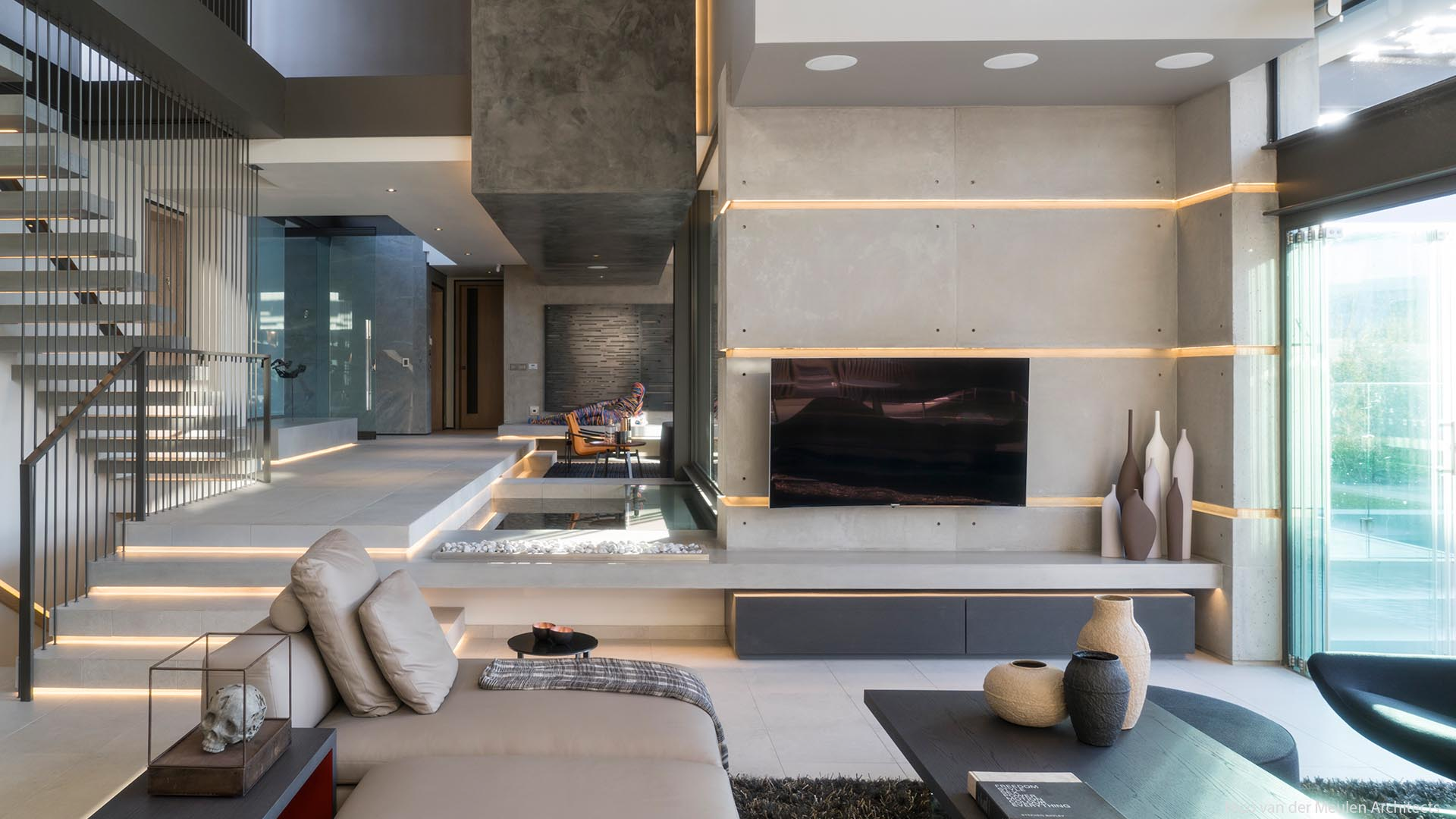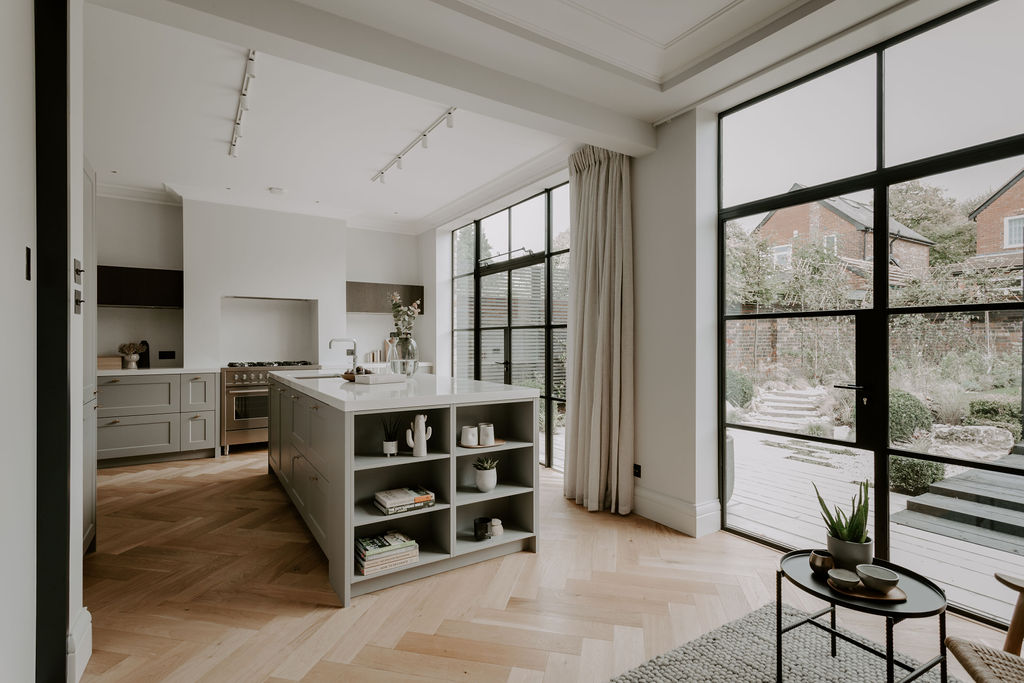The Art of Equilibrium: Just How Interior Design and Home Designer Collaborate for Stunning Outcomes
In the realm of home style, striking a balance between appearances and functionality is no little task. This delicate balance is attained through the harmonious cooperation in between interior designers and designers, each bringing their one-of-a-kind knowledge to the table. The result? Rooms that are not just aesthetically stunning however likewise exceptionally livable. This ideal blend is not constantly very easy to acquire. Stick with us as we explore the complexities of this collective procedure and its transformative effect on home design.
Recognizing the Core Distinctions Between Interior Decoration and Home Style
While both indoor design and home design play important duties in creating cosmetically pleasing and functional spaces, they are naturally different self-controls. It deals with the 'bones' of the framework, working with spatial measurements, load-bearing wall surfaces, and roofing system styles. On the various other hand, interior style is more concerned with boosting the visual and sensory experience within that structure.
The Harmony Between Home Design and Inside Design
The synergy in between home architecture and Interior Design depends on a shared vision of style and the improvement of functional appearances. When these two areas straighten sympathetically, they can change a living room from regular to extraordinary. This partnership requires a deeper understanding of each self-control's concepts and the capacity to create a cohesive, visually pleasing environment.
Unifying Design Vision
Merging the vision for home style and Interior Design can develop an unified home that is both functional and visually pleasing. The equilibrium starts with an incorporated mindset; architects and interior designers work together, each bringing their proficiency. This unison of ideas develops the style vision, a blueprint that guides the job. This shared vision is necessary for uniformity throughout the home, making certain a liquid change from outside style to indoor rooms. It advertises a collaborating strategy where building components enhance Interior Design components and vice versa. The outcome is a natural space that reflects the property owner's taste, way of life, and personality. Thus, unifying the design vision is essential in mixing design and Interior Design for stunning outcomes.
Enhancing Useful Appearances
Exactly how does the synergy in between home architecture and Interior Design enhance functional aesthetics? This synergy makes it possible for the creation of rooms that are not only aesthetically appealing however additionally easily usable. Architects prepared with their structural style, ensuring that the area is efficient and functional. The indoor designer after that matches this with very carefully picked elements that enhance the visual appeals without endangering the functionality. This harmonious partnership can cause homes that are both liveable and attractive. For instance, an engineer could develop a home with high ceilings and huge windows. The indoor developer can after that accentuate these features with tall plants and sheer curtains, specifically, hence enhancing the visual charm while preserving the sensible advantages of all-natural light and space.
Value of Cooperation in Creating Balanced Spaces
The partnership between indoor developers and architects is pivotal in developing balanced areas. It brings harmony in between style and architecture, offering birth to areas that are not only cosmetically pleasing however likewise functional. Discovering successful joint methods can provide understandings into how this harmony can be successfully achieved.
Balancing Design and Style
Balance, an essential aspect of both Interior Design and style, can just really be attained when these two fields operate in consistency. This harmony is not merely an aesthetic consideration; it affects the capability, durability, and eventually, the livability of a room. Inside developers and engineers must understand each other's roles, appreciate their expertise, and communicate properly. They should take into consideration the interplay of structural elements with style, the flow of areas, and the influence of light and shade. This collaborative procedure causes a cohesive, well balanced design where every aspect has an objective and adds to the overall visual. As a result, integrating layout and architecture is not practically producing attractive spaces, however concerning crafting rooms that function seamlessly for their residents.
Effective Collective Strategies

Situation Researches: Successful Integration of Layout and Design
Taking a look at a number of study, it emerges just how the successful combination of Interior Design and architecture can change an area. The Glass House in Connecticut, renowned for its minimalistic style, is one such instance. Architect Philip Johnson and indoor designer Mies van der Rohe collaborated to develop a harmonious equilibrium between the structure and the inside, resulting in a smooth circulation from the exterior landscape to the inner living quarters. An additional exemplar is the Fallingwater Home in Pennsylvania. Engineer Frank Lloyd Wright and interior developer Edgar Kaufmann Jr.'s collective efforts cause a strikingly one-of-a-kind home that mixes with its natural environments. These study underline the profound influence of a successful layout and architecture cooperation.

Getting Over Challenges in Layout and Style Partnership
Despite the obvious advantages of a successful cooperation between Interior Design and design, it is not without its difficulties. Communication concerns can develop, as both parties might utilize different terms, understandings, and methods in their job. This can result in misunderstandings and hold-ups in project completion. An additional major obstacle is the balancing act of visual appeals and capability. Architects might focus on architectural integrity and security, while developers focus on convenience and design. The combination of these purposes can be complicated. In addition, budget plan and timeline constraints usually add stress, possibly causing breaks in the collaboration. Efficient interaction, shared understanding, and concession are essential to get over these challenges and accomplish a unified and effective partnership.

Future Patterns: The Evolving Partnership In Between Home Architects and Interior Designers
As the globe of home design remains to develop, so does the partnership between engineers and interior developers. The trend leans in the direction of a much more joint and integrated strategy, breaking devoid of conventional duties. Architects are no more solely concentrated on structural integrity, however likewise participate in improving aesthetic allure - Winchester architect. On the other hand, indoor designers are accepting technological facets, influencing general format and functionality. This progressing synergy is driven by developments in modern technology and the expanding demand for spaces that are not just visually pleasing but sustainable and likewise functional. The future assures a more cohesive, ingenious, and flexible strategy to home design, as developers and engineers proceed to obscure the lines, fostering a relationship that really symbolizes the art of equilibrium.
Verdict
The art of balance in home layout is accomplished through the unified collaboration in between interior developers and designers. Despite difficulties, this partnership cultivates development and innovation in see here style.
While both interior style and home architecture play crucial functions in developing visually pleasing and useful areas, they are naturally different techniques.The synergy in between home architecture and indoor layout lies in a common vision of design and the enhancement of useful appearances.Combining the vision for home style and interior style can create a harmonious living room that is both functional and visually pleasing. Hence, unifying the design vision is vital in mixing architecture and indoor layout for stunning results.
Just how does the synergy between home architecture and indoor design boost useful aesthetics? (Winchester site web architect)